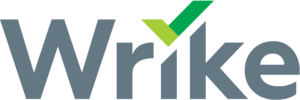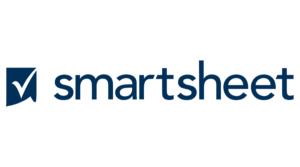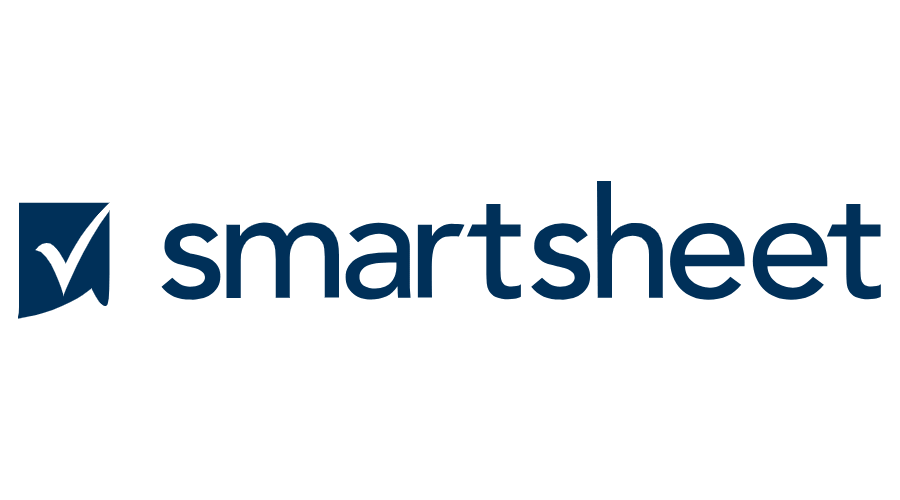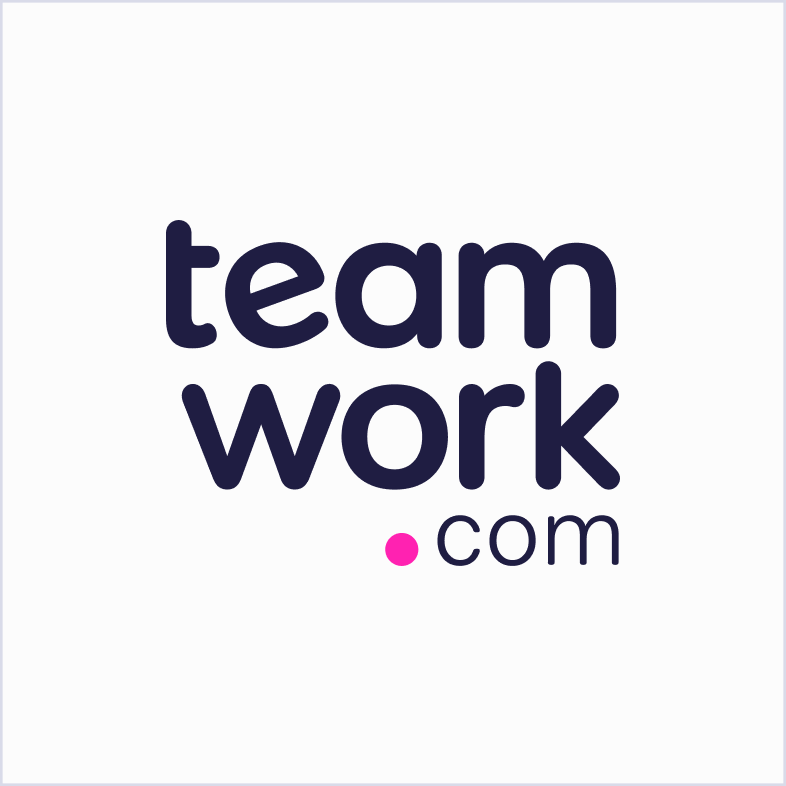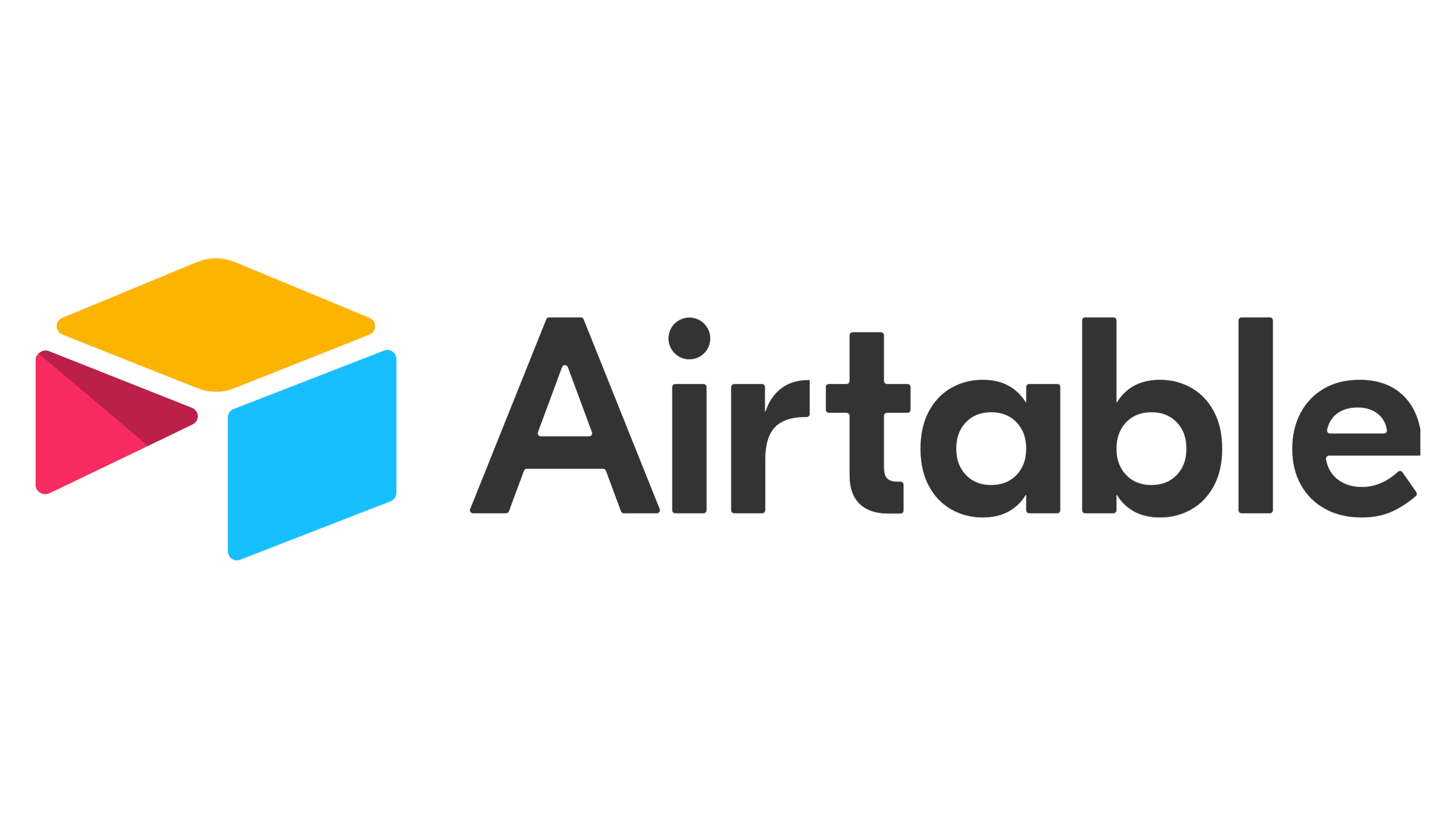Top Free Project Management Software
These top project management solutions were chosen for the features, ease of use, customer satisfaction and support options available through their free plans.
- Most All-Inclusive: monday.com
- Best for Strategic Planning: Wrike
- Best Customer Support: Smartsheet
- Best for Workload Management: Teamwork.com
- Most Intuitive: Notion
- Best Overall: ClickUp
- Best for Team Collaboration: Asana
- Best for Integrations: Jira
- Best for Spreadsheet Based Projects: Airtable
- Best for Simplicity: Trello
Read our full Monday.com review.
Read our full Wrike review.
Read our full Smartsheet review.
Read our full Clickup review.
Read our full Asana review.
Read our full Jira review.
Read our full Notion review.
Read our full Trello review.
Methodology
Choosing the appropriate project management (PM) software is critical for business owners and project managers, as it directly impacts efficiency and collaboration. To help customers make the right selection, we at the MarketWatch Guides team researched 15 of the most widely used project management tools, including Airtable, Asana and Trello.
We conducted a survey in 2024 of 200 professionals who were currently using PM software or had used PM software within the past year. We analyzed the results of this survey to determine the following rating criteria:
- Features (58%)
- Reputation and Reviews (15%)
- Customer Support (12%)
- Pricing (8%)
- User Experience (7%)
Visit the full PM methodology page for more details on our rating system.
What Is Project Management Software?
Project management software helps teams organize every task involved in a particular project and usually involves shared project boards or lists where tasks can be assigned to different team members. Project managers and team leaders can visualize all tasks within a project and keep track of due dates, assignees and task dependencies.
How Much Does Project Management Software Cost?
Many task management solutions will offer free software versions, usually limited to a certain number of users or a certain level of functionality. Regardless of whether a software has a free version, most companies offer per-user pricing, with starter plans ranging anywhere from $5 to $20 per user per month.
Types of Project Management Software
There are three major categories that project management software will typically fall under, mainly depending on how they were designed and their core functionality.
Traditional Project Management Software
Traditional project management software helps teams document tasks, plan for capacity and keep up with project due dates. They often include board views like Gantt charts or timelines so teams can visualize overlapping tasks and task dependencies to stay on track.
Smartsheet and monday work management are both examples of software with great features for traditional project management, including advanced timeline views and customizations for task dependencies.
Agile Project Management Software
The Agile approach to project work is designed to break projects into smaller tasks before moving them through the project workflow and constantly evaluating the process. Typically, software designed for Agile work will include task cards organized into views like Kanban boards, with the ability to visualize the multiple due dates and tasks within a particular sprint.
Software like Jira, Airtable and Wrike are examples of Agile-friendly software that are easy to use in scrum meetings or daily stand-ups to align the team. Jira and Airtable are especially helpful for creating task backlogs.
Visual Collaboration Software
Visual collaboration software helps teams work within a digital space, like shared docs or whiteboards. For project management, teams can gather ideas and updates, particularly in the case of remote team meetings, and then build out project boards within the same platform.
Software like ClickUp and Notion are examples of project management tools that prioritize visual collaboration and brainstorming. ClickUp’s whiteboard features make it easy for teams to create roadmaps together, and Notion’s customizable templates and docs make it easy for teams to share ideas and visualize different projects.
How To Choose the Best Project Management Software
If you’re deciding between different free project management software options, consider the main problems the software will solve for your team. What are you trying to solve by implementing a new software for project management? Use these pain points as your starting point for identifying which features are must-haves for your team.
Identifying Workflows
The best project management software for you will depend on your team and industry. Consider how a software supports different work styles, like on-site, remote or Agile workflows. Small businesses will have an easier time implementing a new project management software if it fits in well with the team’s existing workflow.
Project management software can help you visualize tasks and stay efficient when it comes to project planning, but if it doesn’t make sense for how your team tackles projects, it may end up just further complicating your projects.
Features
Free software will often include just the essentials compared to paid plans, but some free plans are more robust than others. It’s important to make sure that the free version of a project management software has the core features you need. Look for multiple project board views for tasks, like Kanban boards, checklists or timelines. Consider how customizable task cards are as well. Can you add subtasks, assignees and dependencies? It’s also a good idea to see if you can create rules for automations in a project board to help with this.
Another thing to keep in mind is how your team can communicate through the platform. Some software will allow team members to leave comments on task cards, while others allow for in-app group chats and messaging. Finally, consider the reporting capabilities you’ll need, and check for easy integrations with work apps you’re already using, like Slack, Zapier or Microsoft Teams
Ease of Use
Most project management tools will offer intuitive interfaces, often with drag-and-drop functionality and highly visual project boards to get information at a glance. A major plus of free software is that you can test it out before fully implementing it. If you’re unsure how easy it may be for your team to adopt a new project management tool, consider a “test run” and gather feedback.
Reporting and Analytics
For free plans, it’s likely that reporting and analytics features may be limited or excluded from project management software. This may mean integrating with another tool for the reports and analytics functionality your team needs. Check to see if the free software you’re considering allows for integrations if there are no built-in reporting features included.
Customer Service and Support
Customer support options may be limited if you decide to use a free version of a software. Most options will offer at least a chatbot, and some may have highly robust help centers with guides and video tutorials. Not every software company offers customer support via phone, email or live chat. Make sure to consider a company’s customer support offerings for free plan users while comparing your options.
AI and Automation
Many project management software companies are exploring AI functionality, though it’s sometimes rare to see AI tools included in free software. AI tools for project management are designed to help automate certain tasks to eliminate routine steps in the project management workflow. Free project management software will often still allow for automated rules and integrations, even if they don’t include AI features.
The Bottom Line
Free project management software can be a major help for small teams trying to stay organized and efficient as they tackle projects. While free versions of most project management will be limited in some way, there are many options that allow for a lot of the project management essentials.
For solo entrepreneurs or individual users especially, free project management software can be a great solution. Solo users won’t need to worry about some of the limits placed on the number of users that can use free software. Small businesses that are looking for a simple solution to project management will find that free software covers most of what they need, even if it lacks advanced functionality for reporting, automations or integration capabilities. The best free project management software for your team will depend on your goals, the number of projects you’re juggling and the tradeoffs you’re willing to make to avoid upgrading to a paid software plan.
Luckily, with so many options for free project management software available, it’s easy for teams to compare standout features and find what works best for them. Using a free-forever software can make managing projects that much easier, especially when it comes to keeping all stakeholders in the loop, from clients to freelancers.
Frequently Asked Questions About Free Project Management Software
Project management software is designed to handle larger projects that are groupings of smaller tasks. Task management apps act more like a to-do list or a simple way to keep track of smaller tasks without the full functionality of a project board.
Yes. Many project management tools offer a free trial of their paid plans in addition to their free plan offerings. The length of the free trial and the plans it’s available for will depend on the software.
Most project management tools offer intuitive and user-friendly interfaces. Software like Trello is ideal for teams who want a simple user interface, while options like Notion or ClickUp might make sense for teams who want easy customization options.
Yes. Many project management tools have free software available for small teams to use, often limited to a small number of users or including only limited functionality. Still, these free tools can be immensely useful for solo entrepreneurs or small business owners.
If you have feedback or questions about this article, please email the MarketWatch Guides team at editors@marketwatchguides.




